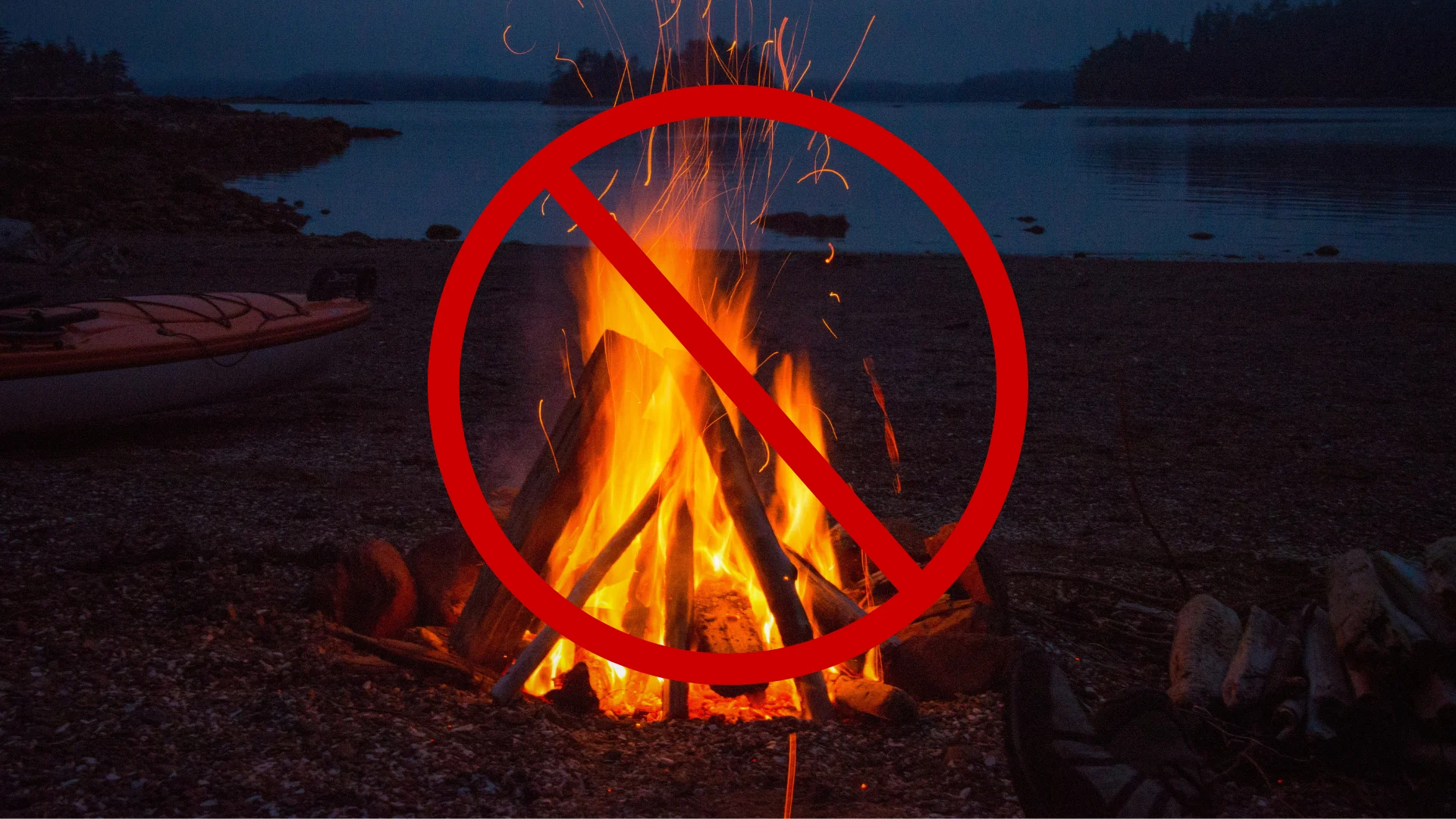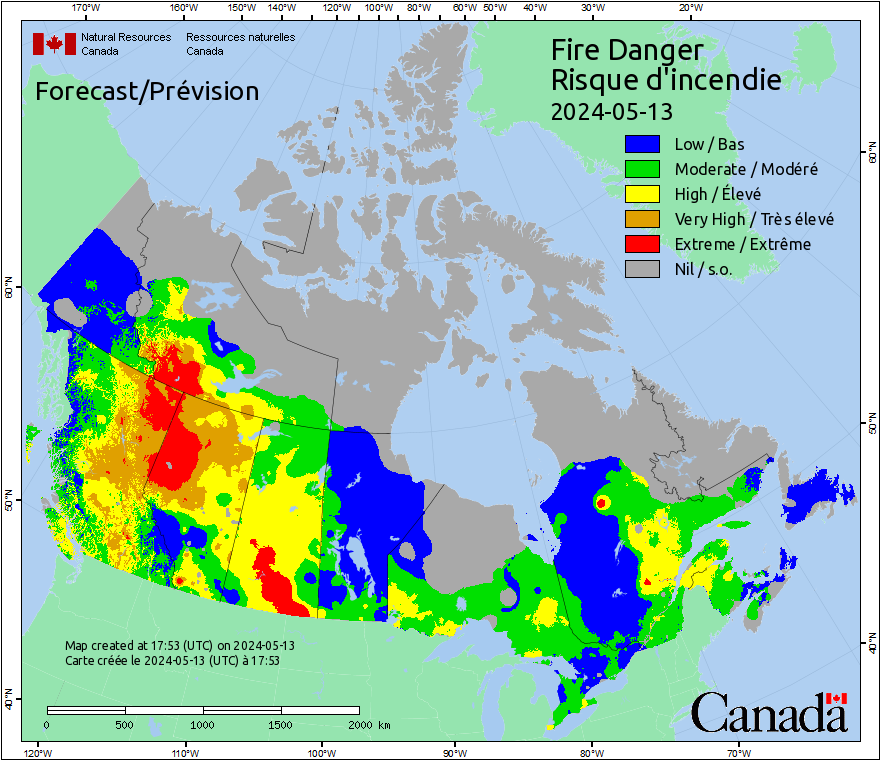
Canada's fire bans and danger ratings explained
Staying on top of local fire restrictions isn’t just smart, it’s a shared responsibility during wildfire season.
As the wildfire risk surges across Canada, fire bans are becoming a hot topic. But what do these bans really entail, and why should you pay attention?
Fire bans are temporary restrictions put in place to help prevent human-caused wildfires. This happens during periods of high fire danger, often triggered by dry conditions, heat, or strong winds.
Each province and territory manages fire bans a little differently. But they all share a common goal: to prevent wildfires from starting in the first place.
SEE ALSO: The Weather Network's wildfire hub
A fire ban can restrict a range of activities, like:
Campfires (even in designated fire pits)
Outdoor burning of grass or debris
Setting off fireworks
Sometimes, fire bans can even restrict the use of charcoal barbeques.
It’s important to know what’s allowed, and what’s not, because restrictions can vary by region and violating them can lead to serious fines, or even criminal charges.
But before we get to an outright ban, there is a graduated Fire Rating system. You may have even seen those colourful signs as you drive into a Provincial or National Park.

DON'T MISS: Why we see floods following fires: A tale of two extremes
The ratings are updated regularly during fire season using weather data to make the call. Temperature, humidity, wind speed, rainfall, and amount of dry vegetation are all taken into account. But each province has different rating levels that they use.
In Ontario for example, the fire danger rating is categorized as low, moderate, high, or extreme. In British Columbia, however, the top category is “very high.”
Remember that the danger rating can change daily and educating yourself before heading outdoors makes you less likely to be the source of a wildfire.
Thumbnail image made from Canva Pro.
